Innovative Alternatives to Printed Packaging Bags for Sustainable Solutions
The global packaging industry is undergoing a significant transformation as sustainability takes center stage, leading to a growing demand for alternatives to traditional Printed Packaging Bags. According to a report from Smithers Pira, the global market for sustainable packaging is expected to reach $500 billion by 2025, driven by consumer preferences for eco-friendly options and regulatory pressures to reduce plastic waste. Innovative alternatives, such as biodegradable films, reusable pouches, and minimalist packaging designs, are emerging as viable solutions that not only minimize environmental impact but also appeal to an increasingly conscientious consumer base. With the shift away from Printed Packaging Bags, businesses are not just adopting greener practices; they are also enhancing their brand image and tapping into new market opportunities. This blog will explore the benefits and potential of these innovative alternatives, illustrating how companies can align their packaging strategies with sustainable goals while catering to evolving consumer demands.
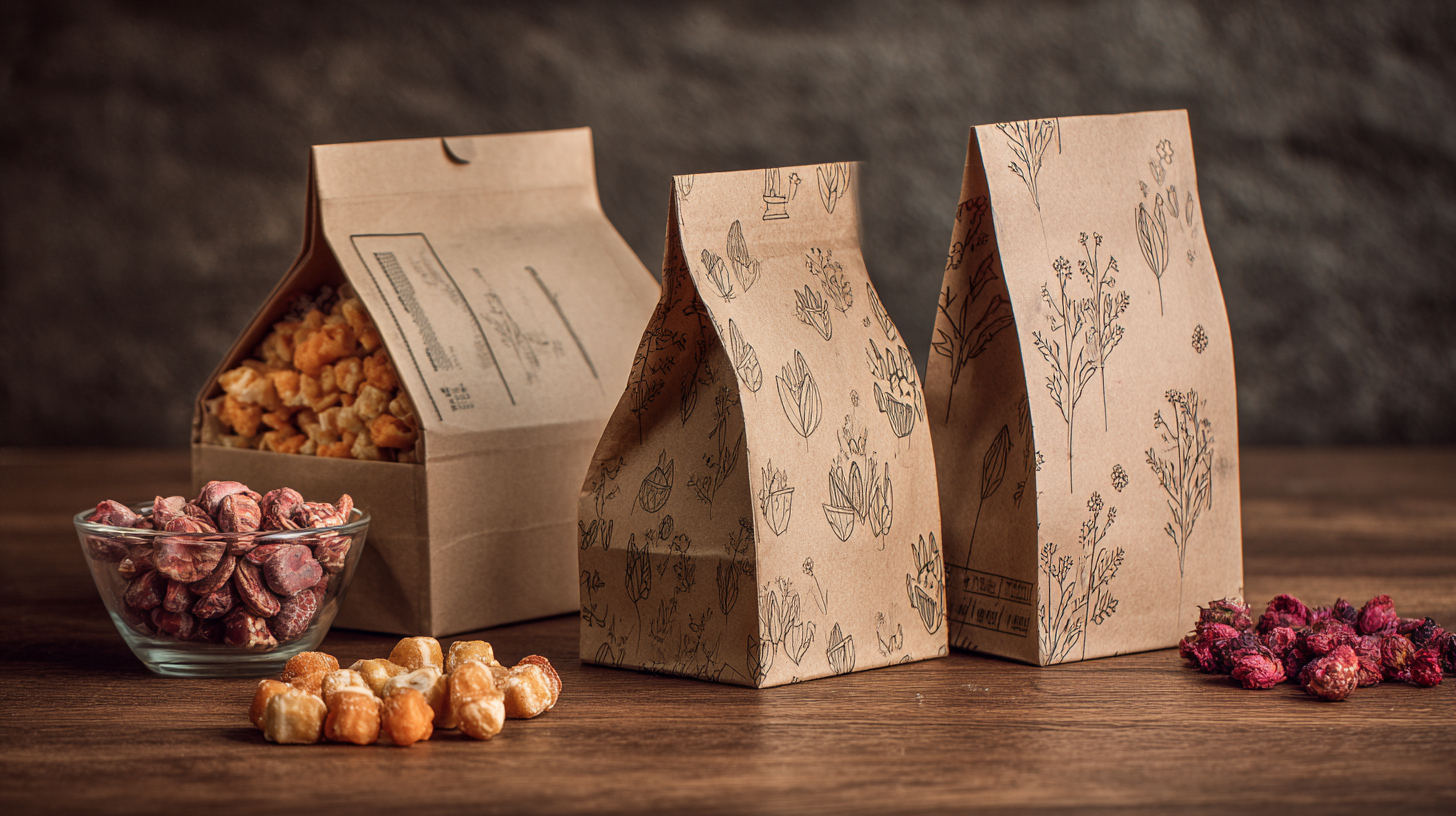
Innovative Materials: Exploring Biodegradable Alternatives to Plastic Packaging
As the environmental impact of plastic pollution becomes increasingly alarming, businesses are actively seeking innovative materials to replace traditional packaging. Biodegradable alternatives, such as plant-based plastics and compostable films, have emerged as promising options. According to a report by MarketsandMarkets, the global biodegradable plastics market is expected to grow from $3.76 billion in 2020 to $6.69 billion by 2025, reflecting a CAGR of 11.5%. This growth indicates a growing demand for sustainable packaging solutions that minimize environmental harm while maintaining functionality.
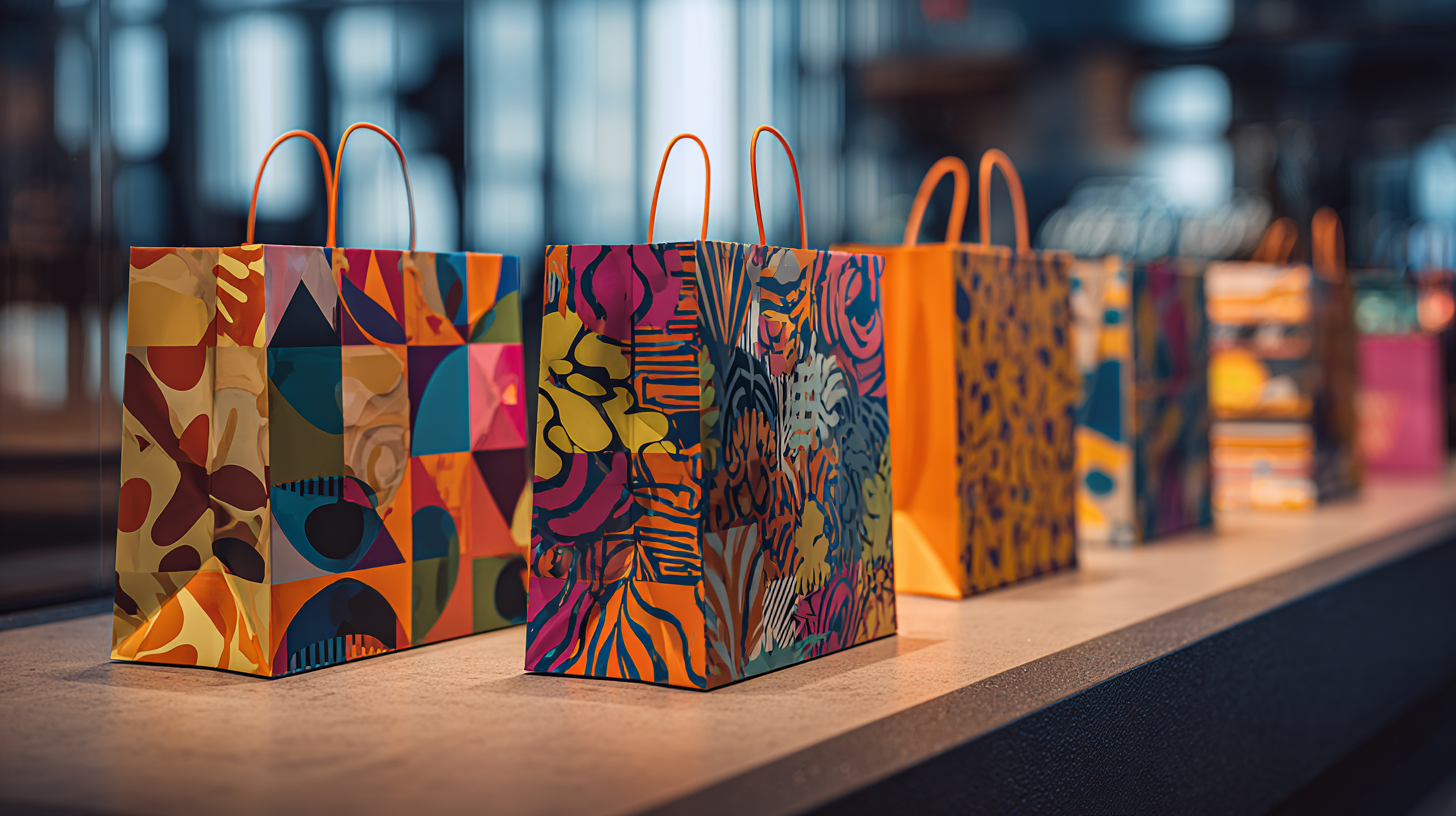
To further explore these alternatives, companies are turning to materials derived from renewable resources like cornstarch and sugarcane. These materials not only reduce reliance on fossil fuels but also offer similar durability and protective qualities as conventional plastics. For instance, starch-based films can decompose in natural conditions within a few months, significantly lessening the long-term impact on landfills and oceans.
Tip: When considering biodegradable packaging options, assess certifications such as ASTM D6400 or EN 13432 to ensure compliance with international standards. Additionally, collaborating with suppliers who prioritize sustainability can enhance your brand’s eco-friendly image and appeal to environmentally conscious consumers. Embracing these innovative materials not only contributes to a greener planet but can also drive consumer loyalty and trust in your brand.
The Rise of Digital Printing: Enhancing Customization in Sustainable Packaging
The rise of digital printing is revolutionizing the packaging industry, significantly enhancing customization while promoting sustainable solutions. As brands are increasingly committed to reducing their environmental footprint, digital printing offers an innovative alternative to traditional printed packaging bags. This technology allows for faster production runs with minimal waste, making it an attractive option for companies looking to implement sustainable practices without sacrificing quality or design flexibility.
Recent trends indicate a surging demand for digital packaging solutions, with the market projected to grow substantially in the coming years. This growth is fueled by innovations in digital printing technologies that enable intricate designs and personalized packaging options, aligning perfectly with consumer preferences for unique and eco-friendly products. Brands are now able to create limited edition runs and varied designs on-demand, thus reducing excess inventory and waste associated with conventional printing methods. The shift towards digital not only enhances brand appeal but also reinforces the critical importance of sustainability in the modern packaging landscape.
Innovative Alternatives to Printed Packaging Bags
This chart illustrates the increasing market share of various sustainable packaging alternatives as of 2023. The data reflects the growing shift from traditional printed packaging bags to innovative solutions that leverage digital printing technology, promoting customization and sustainability.
Industry Insights: The Impact of E-commerce on Packaging Choices
As e-commerce continues to reshape consumer behavior, the implications for packaging choices are profound. The global die cut carton market is on a trajectory of growth, projected to increase from $41.80 billion in 2025 to $58.01 billion by 2032, reflecting a compound annual growth rate (CAGR) of 4.79%. This surge highlights the rising demand for efficient and sustainable packaging solutions that adapt to the needs of online retail.
In parallel, the zero waste packaging market is expected to experience significant growth, with a valuation of USD 1.5 billion in 2023, anticipated to grow at a remarkable CAGR of over 9.4% from 2024 to 2032. As consumers increasingly favor environmentally-friendly options, businesses are pressured to innovate their packaging strategies. A recent survey indicates that while speed is a priority for deliveries, reliability plays an equally crucial role, suggesting that companies must balance these factors while integrating sustainable practices. This dual focus on efficiency and environmental responsibility will be essential for brands to thrive in the evolving e-commerce landscape.
Waste Reduction Metrics: How Eco-friendly Bags Can Cut Down on Landfills
The increasing concern over plastic waste has spurred a significant shift towards eco-friendly packaging solutions. According to a report from the Global Market Insights, the eco-friendly packaging market is projected to reach approximately $500 billion by 2027, demonstrating a rising demand for sustainable materials. Utilizing biodegradable bags made from materials such as cornstarch or recycled paper can drastically reduce the volume of waste that ends up in landfills. Research indicates that compostable bags can decompose within 90 to 180 days, compared to traditional plastic bags, which can take up to 1,000 years to break down.
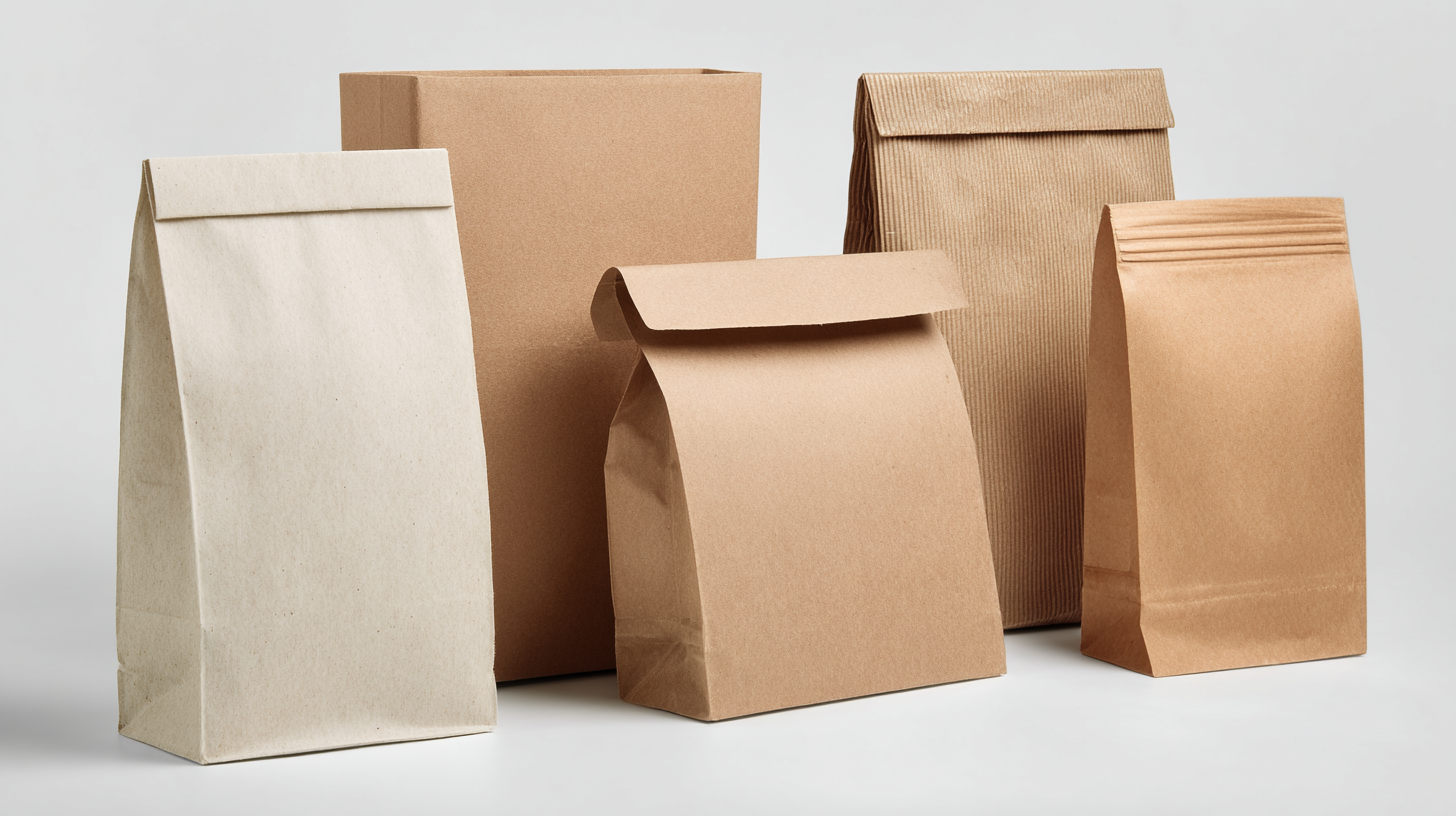
Metrics on waste reduction offer compelling insights into the effectiveness of eco-friendly bags in minimizing landfill contributions. The Environmental Protection Agency (EPA) reported that in 2018, approximately 27 million tons of plastic were landfilled, with only 9% of that being recycled. Transitioning to biodegradable packaging could potentially lower these statistics significantly. A study by the Ellen MacArthur Foundation suggests that if we replaced single-use plastic bags with reusable ones, we could eliminate around 90% of plastic bag waste entering landfills. This shift not only fosters environmental responsibility but also encourages consumers to adopt more sustainable practices in their daily lives.
Consumer Preferences: The Shift Towards Sustainable Packaging Solutions and Innovations
The growing awareness of environmental issues has led consumers to shift towards sustainable packaging solutions. As people become increasingly conscious of their ecological footprint, they are actively seeking products that prioritize sustainability. This shift not only reflects a desire for eco-friendly materials but also drives brands to innovate. Companies are now exploring alternatives such as biodegradable films, reusable pouches, and even edible packaging to meet consumer demands.
Tips for brands looking to adapt to this trend include conducting market research to understand specific consumer preferences regarding packaging. Engaging with customers through surveys or focus groups can provide valuable insights. Additionally, investing in R&D for sustainable materials can lead to novel solutions that resonate with customers’ values. Consider using minimalistic designs that highlight sustainability efforts, as transparency in the materials used can reassure consumers about their choices.
Another suggestion is to collaborate with eco-conscious suppliers and partners to ensure a consistent sustainability message throughout your packaging chain. Promoting the story behind your packaging — how it’s made and its environmental benefits — can further enhance consumer trust and loyalty. Emphasizing these initiatives will not only cater to consumer preferences but also establish your brand as a leader in the sustainable revolution.
Innovative Alternatives to Printed Packaging Bags for Sustainable Solutions
| Packaging Type | Sustainability Rating | Consumer Preference (%) | Cost Comparison | Innovation Score |
|---|---|---|---|---|
| Biodegradable Bags | 4.5/5 | 65% | Moderate | 8/10 |
| Recycled Materials | 4.0/5 | 55% | Low | 7/10 |
| Plant-Based Plastics | 4.3/5 | 70% | High | 9/10 |
| Edible Packaging | 4.8/5 | 75% | Very High | 10/10 |
| Reusable Bags | 4.7/5 | 80% | Low | 9/10 |
Related Posts
-
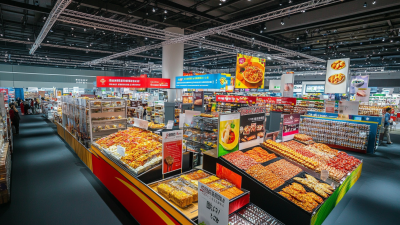
Top 10 Printed Food Bag Manufacturers from China at the 137th Canton Fair
-

Personalized Packaging Bags Shine at the 137th Canton Fair with Record International Buyers
-
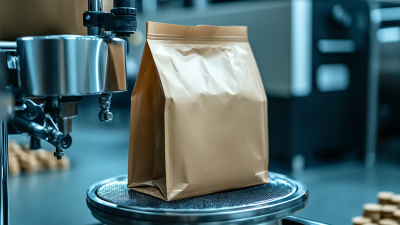
Choosing the Right Manufacturer for Premium Best Bag Packaging Solutions
-
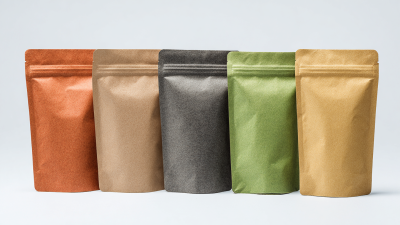
Understanding the Challenges of Selecting the Best Sachet Packaging Solutions
-
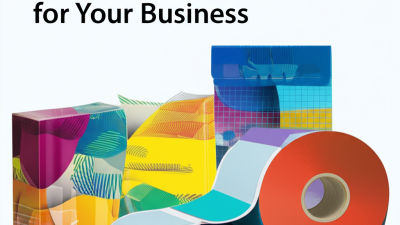
Advantages of Choosing the Best Package Printing for Your Business
-
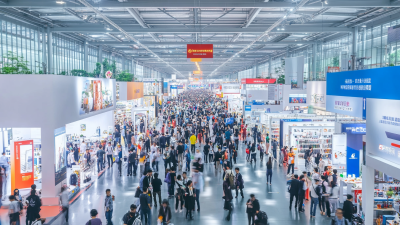
Unlocking Global Opportunities: Insights from the 137th Canton Fair for Packaging Printing Suppliers
